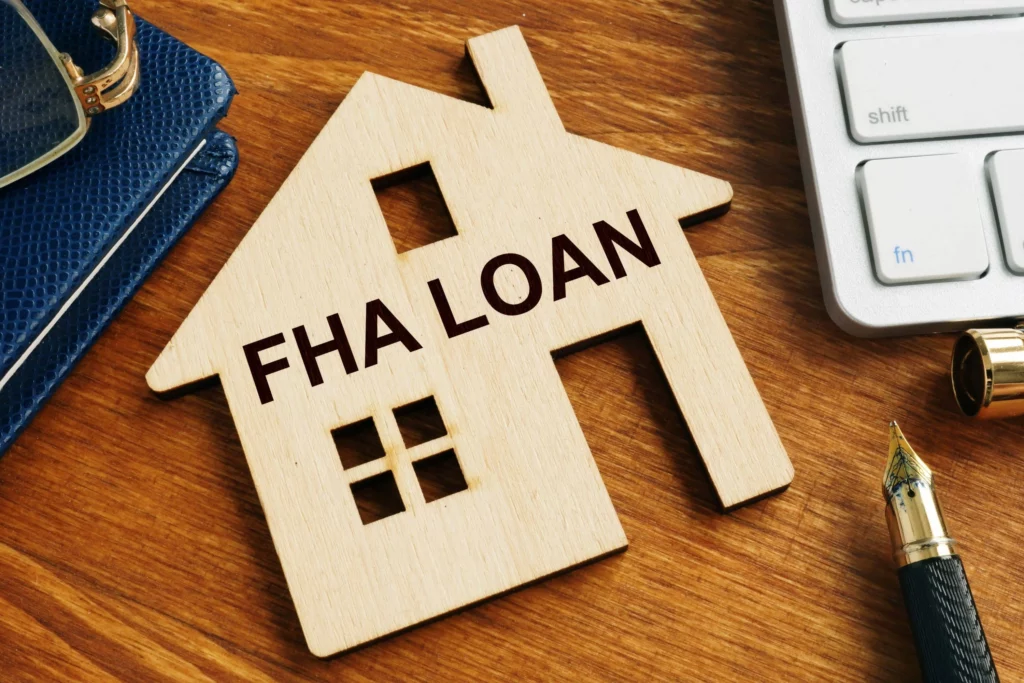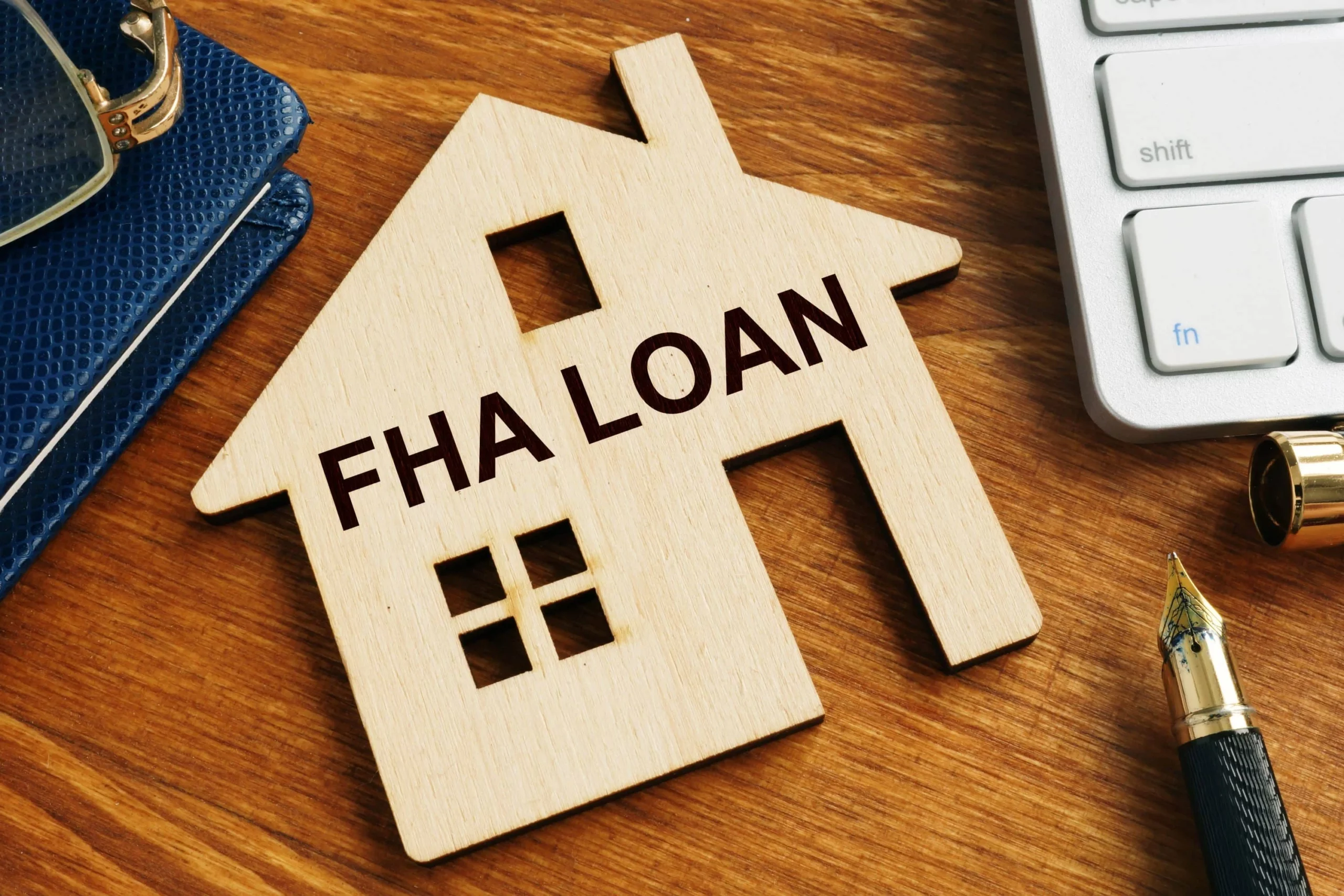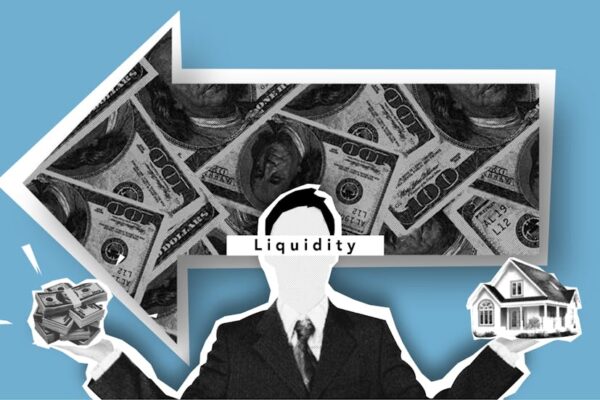How soon can I refinance my home after purchase FHA loan
If you’ve recently purchased a home (or are thinking about purchasing a home) using an FHA loan, you may be asking how soon you can refinance if today’s high interest rates move back down. It’s important to know that there is a restriction on how soon you could refinance a mortgage from one FHA loan to another FHA loan.
To start with, what is an FHA loan?
An FHA loan is a mortgage which the government’s Federal Housing Administration insures to protect the lender from losses if the loan goes into default. FHA loans are a very common type of financing and an ideal product for many home buyers. However, they’re not for everyone and may not be the best choice for a variety of reasons including those who think they might want to refinance soon after an FHA mortgage is initially put into place.
FHA restricts how quickly you can refinance from one FHA loan to another.
FHA guidelines do not allow a homeowner to refinance from one FHA loan to another FHA loan within 210 days of the origination of the original loan and you must have made at least six on-time payments. This means you will have to wait approximately seven months before being able to refinance from one FHA loan to another.
This is not normally a concern as most people don’t need to refinance that quickly. However, in an environment where rates are falling, being able to take advantage of the improving rates may warrant a relatively quick refinance. After all, interest rates can be volatile and improved rates may only be available for a short time.

Benefits of FHA loans
Let’s look at why you may select an FHA loan in the first place, and why you may want to subsequently select an FHA loan if you refinance.
Benefit 1 – Credit flexibility
The primary reason people select FHA loans is that they are more accommodative when a buyer has some degree of credit damage. Items on your credit report such as late payments, collection accounts, prior bankruptcy, or foreclosure can all lower your credit score. Conventional loans – those underwritten according to the guidelines set forth by Fannie Mae and Freddie Mac – impose significant rate penalties on applicants with those lower credit scores. FHA, on the other hand, typically does not penalize the lower scores to the same degree. That can make the FHA interest rates much more attractive.
Borrowers with significant negative credit events such as bankruptcies and foreclosures have waiting periods that must pass before they become eligible for a new mortgage. The waiting period for FHA loans is shorter than what is required by Fannie Mae/Freddie Mac, allowing those buyers to purchase a home sooner using an FHA home loan.
Benefit 2 – Higher Debt-to-Income Ratios
Another big benefit of an FHA loan is that they often allow for higher debt-to-income ratios (DTI) than other loan types. In response to the housing and mortgage crisis around 2008, the government imposed a regulation known as the Ability to Repay Rule. This regulation requires mortgage lenders to exercise a good faith effort to ensure that a homebuyer or homeowner has the financial capacity to repay any mortgage being provided. As part of that rule, it was decreed that the maximum level of debt a borrower could have was 43% of that borrower’s gross monthly income. This maximum could be higher if the loan was approved by one of the mortgage agencies – Fannie Mae, Freddie Mac, FHA, VA, or USDA.
The conventional conforming agencies, Fannie and Freddie, generally cap their allowable DTI at 45%. The government backed loans, FHA, VA, and USDA, have different allowable DTI levels. VA loans typically go the highest of all because, rather than a specific ratio of debts to income, they are more concerned with how much residual income the veteran has after paying the monthly bills. USDA loans tend to align with the Fannie/Freddie standard and can be even more restrictive in some cases. FHA loans will typically go to higher DTI levels than conforming loans. It’s not uncommon to get approvals at a 50% DTI with FHA loans.
Benefit 3 – low down payment
FHA loans are available with a down payment as low as 3.5% of the home’s purchase price. Although there are conventional loan options with down payment amounts of 3% of the purchase price, they’re generally reserved for first time homebuyers. This restriction doesn’t apply to FHA loans.
Additionally, there are several Down Payment Assistance programs that can pay some or all of the 3.5% down payment. These programs often only work with FHA loans, and that means a buyer may be able to purchase a home with no down payment at all.
Benefit 4 – lower interest rate
FHA loans tend to have slightly lower interest rates than their conforming counterparts although this isn’t always the case due to the dynamic interest rate market and lender’s ability to adjust the rates they offer. For folks with credit damage, this interest rate difference can be even greater due to the Fannie/Freddie adjustments for lower credit scores.
Benefit 5 – Streamline refinance loan
FHA also allows a streamline refinance loan which reduces the amount of paperwork, lowers the closing costs, and shortens the processing time needed when refinancing from one FHA loan to another. The streamline refinance loan only applies to rate and term refinances. It is not an option if you’re looking for a cash out refinance.


Pitfalls of FHA loans
With all these benefits, one might think the FHA home loan would be a first option for most applicants. However, there are some significant pitfalls with FHA loans that can make them less attractive, particularly for applicants with good-to-excellent credit, low debt loads, and higher savings amounts.
Mortgage Insurance
The biggest issue with FHA loans is that they require mortgage insurance, regardless of down payment or how much equity there is in the home. This mortgage insurance comes in two parts, an up-front amount paid at closing and a monthly amount added to the mortgage payment.
The first component is the up-front mortgage insurance premium (UFMIP). This is a sizable 1.75% of the loan amount and usually gets financed into the new loan balance at closing. For a $250,000 loan amount, the UFMIP equals $4375. That’s a significant cost and it applies for each new FHA loan. If you refinance from one FHA loan to another, including an FHA streamline refinance, you pay that cost each time.
The second amount is the monthly mortgage insurance which is added to the monthly mortgage payments. This amount will vary based on the down payment amount but is generally more expensive than the monthly mortgage insurance applied to a conventional mortgage.
Refinance restrictions
As described above, FHA imposes restrictions on how quickly one can refinance from one FHA loan to another. This could be an impediment to getting a lower interest rate when rates are declining.
If you need to refinance to take cash out, FHA requires you to wait one year from the purchase of the home to use the appraised value rather than the original purchase price of the home. This may limit the amount of cash out you can receive. Additionally, you must show a full 12 months of on-time payments or, if refinancing within one year of the current mortgage, on-time payments for the full duration of the loan’s existence.
Purchase considerations
Because FHA loans are the loan of choice for folks with limited cash, damaged credit, and higher debt loads, there is greater potential for FHA loans to fall through when compared to conforming loans. This is not lost on the real estate market, and some sellers and their real estate agents view an offer where FHA financing is required as less attractive than an all-cash offer or one where conforming Fannie Mae/Freddie Mac financing is expected. This can make it harder for FHA borrowers to get a purchase offer approved.
Net Tangible Benefit
The Federal Housing Administration requires that you receive a net tangible benefit in order to refinance from one FHA loan to another. This net tangible benefit requirement is designed to ensure that mortgage companies don’t simply refinance a mortgage for their own gain. The refinance loan must benefit the homeowner in one of the following ways:
- It must result in an interest rate decrease of at least 1/2%, or,
- It must refinance an adjustable rate mortgage into a fixed rate mortgage, or
- It must refinance a mortgage into a shorter loan term, for example, from a 30-year fixed rate to a 15-year fixed rate.
What to do if you need to refinance a recent FHA loan
If you have a recent FHA loan and want to refinance, here are some suggestions as to how that may be accomplished.
Option 1 – Refinance to a non-FHA loan
There is no restriction on refinancing out of an FHA home loan and into another loan type. For example, you could refinance your current FHA mortgage to a new conventional loan without any waiting period.
This would be a great option for someone who had to originally take an FHA loan due to a derogatory credit waiting period (bankruptcy or foreclosure) that has transpired, whose credit or DTI numbers have improved, or who wants to lower their monthly payments by eliminating or reducing their monthly mortgage insurance premium.
Option 2 – Take an extended rate lock
If you must stay with an FHA loan, you could consider an extended rate lock on an FHA streamline refinance, locking in a rate today for a time long enough to get past the required waiting period. Note that an extended rate lock will have a higher rate than a shorter-term lock, but if that rate saves you money (factoring in the closing costs and up-front mortgage insurance), it could be a worthwhile option.
Get professional guidance from someone you can trust
It’s also worth mentioning that FHA loans tend to be more profitable for most lenders. Because of this, there can be an incentive for the loan officer to steer a client toward an FHA loan, even if it’s not the best option. When shopping for a loan, be sure to look beyond the interest rate. Consider the complete mortgage offer including closing costs, the impact of mortgage insurance, and the monthly mortgage payment. Regardless of the type of loan product offered, expect your loan officer to explain why that is the best choice for your situation.
It’s always wise to get advice and information from a trusted professional. At GoNoCost Mortgage, our experienced team of caring mortgage loan officers is committed to giving you honest answers with no sales pressure. Please give us a call if you’re thinking of a new mortgage. We’d welcome the opportunity to assist you.












